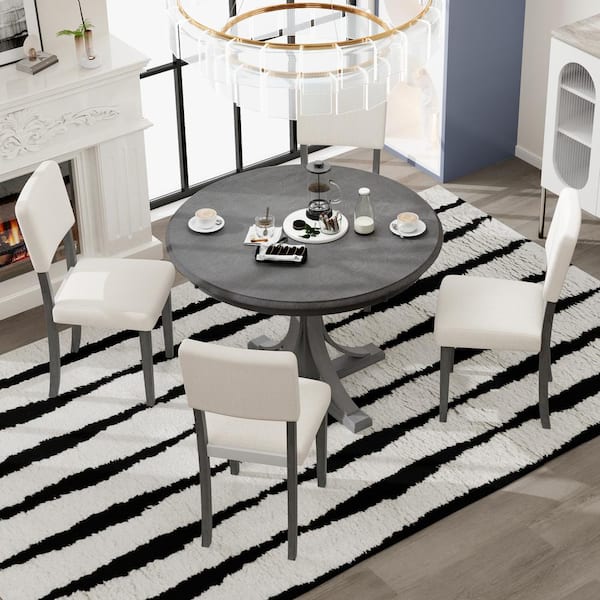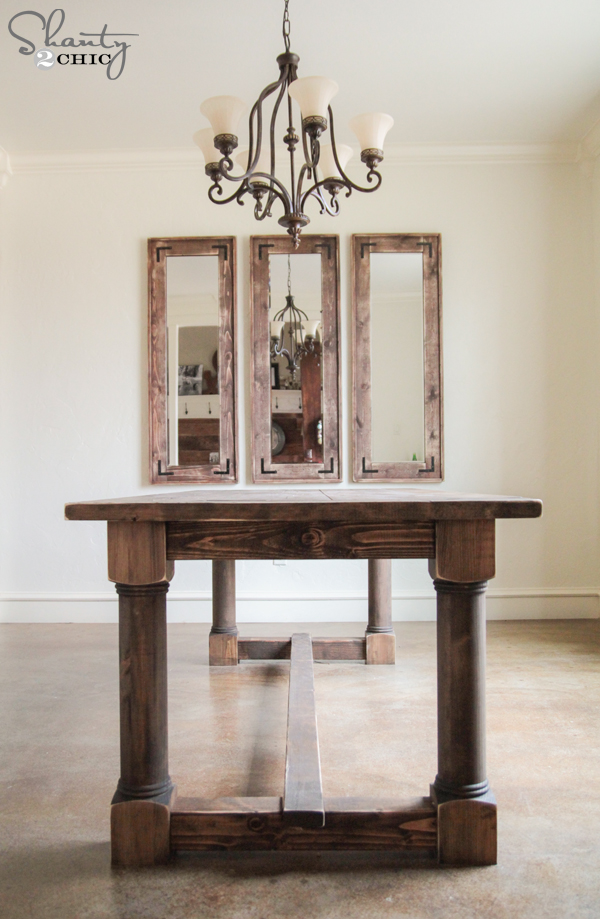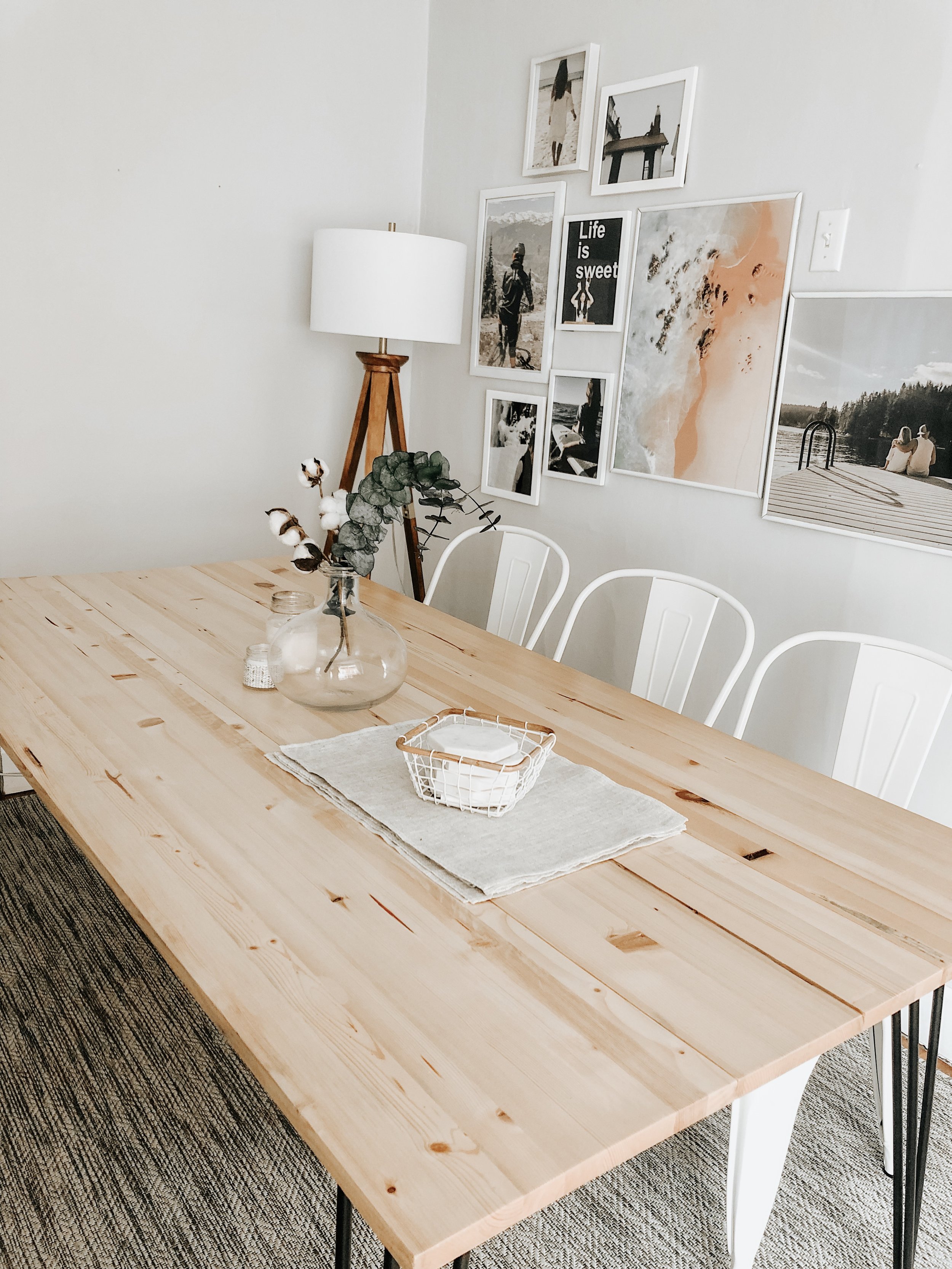Why Custom Dining Room Table Legs Are Worth the Investment
Why Custom Dining Room Table Legs Are Worth the Investment
Blog Article
How to Select the Perfect Dining-room Table Legs for Your Home Décor
Choosing the excellent dining room table legs is a nuanced process that needs mindful factor to consider of various elements, including your space restrictions, visual choices, and sensible demands. The interplay between measurements, styles, and products can dramatically affect the setting of your eating location, making it vital to approach this choice carefully. As you ponder the myriad alternatives readily available, it comes to be clear that the appropriate selection expands past simple appearance; it can improve your overall dining experience. What factors should you focus on to guarantee your choice matches your home's distinct character?
Assess Your Dining Room
Examining your dining room is vital for choosing the right table legs that enhance both appearances and performance. Begin by measuring the measurements of your dining location, including ceiling elevation, floor room, and distance to various other furniture. This details will aid identify the appropriate dimension and height of your eating table, which directly affects the choice of table legs.
Following, consider the style and format of your eating area. An open-concept style might profit from table legs that offer visual agility, such as slim steel or acrylic alternatives. Alternatively, a more conventional setting may ask for sturdy wooden legs that offer a sense of durability.
Review the existing shade palette and materials in your dining area. Balancing the table legs with these components develops a natural appearance that boosts the overall decor. Furthermore, believe regarding the performance called for in your room. If you often host large celebrations, take into consideration legs that offer added assistance and security.
Eventually, a detailed analysis of your eating area will direct you in making an informed choice, making certain that your table legs not just improve the visual appeal yet additionally serve useful purposes.
Consider Your Design Preferences
When selecting dining-room table legs, it is essential to review your individual style choices, as they substantially influence the overall aesthetic of your eating space. Your selection of table legs can either enhance or contrast with existing décor, making it crucial to straighten them with your favored indoor style theme.
If your home leans in the direction of a contemporary aesthetic, take into consideration smooth steel or minimalist wood legs that supply a clean, clean look. For an extra conventional approach, elaborate wooden legs with complex carvings can include a touch of elegance and refinement. Industrial styles gain from robust, raw products such as reclaimed wood and steel combinations, mirroring a rugged appeal.
Additionally, farmhouse and rustic styles often favor tough, chunky legs that stimulate a feeling of warmth and convenience. Conversely, if your design is diverse, you might select unconventional shapes or a mix of products to develop aesthetic rate of interest.

Evaluate Material Options
The selection of material for dining room table legs plays an essential duty in both resilience and aesthetic appeal. Common materials include wood, metal, and composite choices, each offering unique features that can affect the total appearance and long life of your table.
Timber is a classic choice, known for its heat and versatility. Hardwoods like oak and walnut provide remarkable stamina and can be completed in different spots to match any design. Softwoods like yearn are much more prone to scrapes and dents, making them less ideal for high-traffic locations.
Steel legs, typically crafted from steel or aluminum, exhibit modernity and industrial beauty. They are extremely long lasting and resistant to wear, making them suitable for family members with kids or frequent gatherings (dining room table legs). In addition, metal can be finished in numerous colors, enhancing the modification possibilities
Composite materials, such as MDF or laminate, deal cost and varied styles. While generally less long lasting than solid timber or metal, they can still provide an elegant appearance and are often simple to maintain.
Inevitably, the material you pick ought to straighten with your way of life, aesthetic preferences, and the degree of use your eating table will experience.
Determine Elevation and Size
Picking the proper height and size for your dining-room table is vital for both functionality and comfort. The standard height for eating tables usually varies from 28 to 30 inches, enabling enough legroom for many people when seated. However, it have a peek at this site is vital to consider the measurements of your eating space and the kinds of chairs you intend to utilize.

In addition, take into consideration the proportions of your dining room. A bigger table in a spacious area can create a grand ambiance, while a smaller table functions well in even more intimate setups. Inevitably, the appropriate elevation and dimension will certainly balance with your general decoration and improve the dining experience for you and your guests.
Explore Customization Possibilities

In addition, the style of the legs can be customized to fit numerous styles, such as rustic, modern, or commercial. Tapered legs can stimulate a mid-century modern feeling, while chunky, block-style legs might resonate with typical or farmhouse design.
Homeowners can likewise explore shade finishes, from natural timber spots to repaint, allowing them to match or contrast with the table top and surrounding style.
Additionally, leg elevation can be readjusted to suit specific seating setups or personal preferences, enhancing both convenience and performance.
Finally, special decorations, such as carvings or decorative braces, can additionally individualize the table legs, making the dining experience not simply a dish but a declaration item in the home. By considering these personalization alternatives, property owners can produce an eating room table that really mirrors their individuality.
Conclusion
Choosing the excellent dining space table legs needs mindful factor to consider of various elements, consisting of the measurements of the eating room, style preferences, material longevity, and desired height. Customization choices additionally boost the capacity to attain a natural visual that complements the overall decor. By systematically assessing these aspects, house owners can make sure that the picked table legs not just meet useful needs yet likewise add positively to the dining experience and atmosphere of the home.
Selecting the perfect dining room table legs is a nuanced process that requires mindful click this site factor to consider of numerous components, including your area restrictions, aesthetic preferences, and practical demands.Analyzing your eating area is important for choosing the right table legs that complement both visual appeals and functionality.When determining dimension, determine the area where the table will be positioned to guarantee it fits conveniently, allowing for at the very least 36 inches of clearance around the table for very easy motion. A larger table in a sizable location can create a grand setting, while a smaller sized table works well in even more intimate setups.Selecting the ideal eating room table legs calls for cautious consideration of numerous aspects, including the measurements of the dining room, design preferences, product sturdiness, and desired page elevation.
Report this page